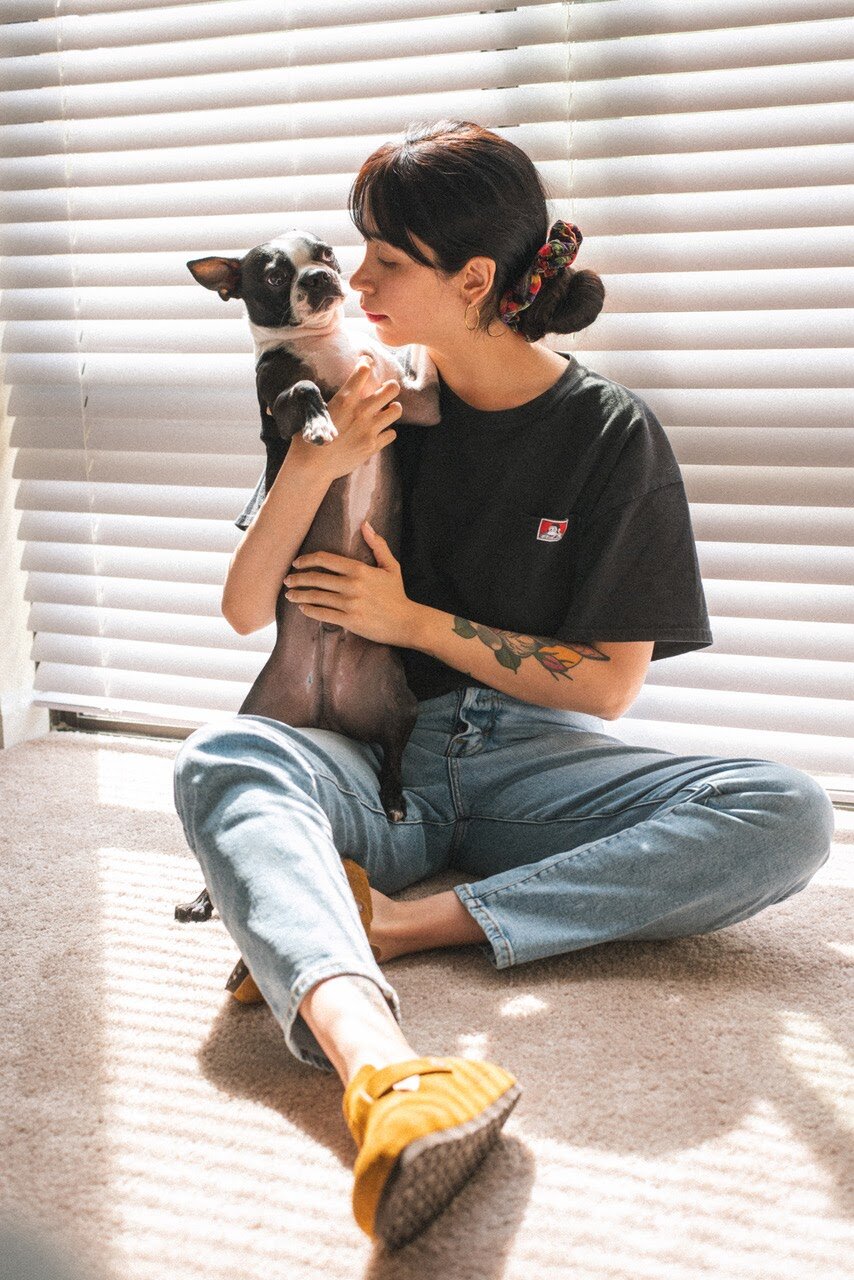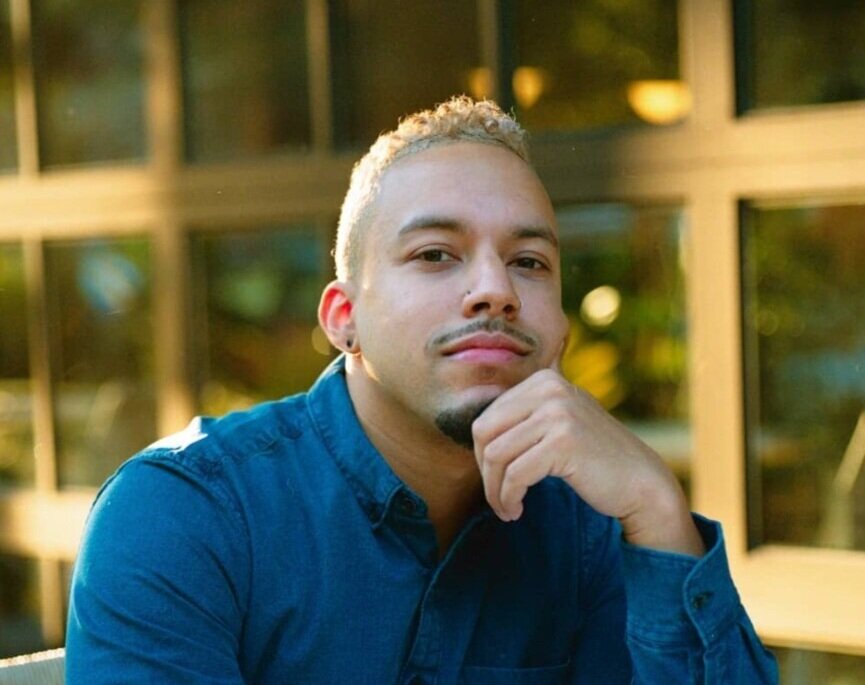The Altars Festival is a multi-cultural ancestor remembrance celebration with The Sustainable Culture Lab & SAMASAMA from October 31 to November 2 that centers around remembering our ancestors and loved ones.
Cultures from around the world have numerous ancestor remembrance traditions, but America does not, particularly because American ethnocide does not want people of color to remember their past and retell their stories. For this festival, Black, Latino, Asian, Pacific Islander, and Indigenous artists create altars demonstrating their unique cultural experiences and our shared American identity in order to create an inclusive and transformational moment of reflection.
By keeping alive the memory of those who came before us, we create a safe space to cope with the trauma of loss, sustain our generational stories, and strengthen our communities.
This fall, we invite you to create your own altar in a meaningful place your home that reflects your generational truth and cultural identity. Please share it with us by tagging @scl_community and using the hashtags #altarsfestival2020 #altaramerica.
Program Schedule
Day 1 🌟 Honoring Our Ancestors ~ Indigenous Ancestral Connection through Altars ~
Charles Jean-Pierre, Erik Bruner-Yang | Special Guests: Chef Irwin Sanchez; Samhain from Duende District
Day 2 🌟 Third Culture Generation ~ Intersectionality of Traditions and Identity ~
Almas Haider, Matt Manalo | Special Guests: Greta, Kenniya, & Yanina from DCSCORES; Raquel L. from CreativeMornings
Day 3 🌟 Our Essence and Existence is Political ~ Trauma, Healing, and Action through Communities ~
Shyama Kuver, Mansa Johnson | Special Guests: Sheldon Scott, Culture Director of Eaton DC; Reiki Healer Dr. Darrien Jamar
Videographer and artist Mansa Johnson’s Altar in memory of his Twin Brother, Kwasi Johnson.
Barrett Holmes Pitner celebrating the Altars Festival with his parents.
The Artists
Charles Jean-Pierre
Charles Philippe Jean-Pierre’s is a Haitian American artist groomed on Chicago’s south side. His most tangible connections to his Haitian roots were the paintings and sculptures in his family’s home. He often overheard passionate debates on abuses of power and continual regression in Haiti, but the art that hung on their walls were beautiful contradictions to his homeland's hopeless narrative. The stark contradictions of beauty and power, as a theme, are ever-present as a theoretical and methodological struggle within Jean-Pierre’s overall body of work. His multimedia paintings speak to the nexus of political, social, and economic structures.
Erik Bruner-Yang
An agent of alternatives, Erik Bruner-Yang creates space. Through his Washington, D.C.-based concept development company, Foreign National, he offers an alternative: food and space as commons. There exists a constant dialogue of community, culture, and progress. His restaurants include Maketto, ABC Pony, Brothers And Sisters, Spoken English/Cafe Spoken, COIN BBQ and COIN Mezze. In the wake of the coronavirus pandemic, with thousands of restaurants closing and significant unemployment, Erik Bruner-Yang created the Power of 10 Initiative in order to help fund local restaurants and feed communities impacted by COVID-19, which has funded over 40 restaurants in 8 cities and made over 200,000 meals.
Almas Haider
Almas Haider, is a storyteller whose current work offers liberatory interpretations of Islamic texts and rituals. Through creative acts, she seeks to visiblize, honor, and ancestralize women, queer, and gender expansive beings, often using speculative fiction as a grounding mechanism. In addition to her artistic practice, Almas is an activist supporting the existence and just alignment of South Asian and queer and trans Muslim collectives in the fight for BlPOC liberation. She recently returned to academia to reclaim ancestral design technologies via a Master’s in Architecture.
Matt Manalo
Matt Manalo is an artist and community organizer. He creates work that involves elements of painting, drawing, sculpture, photography, and printmaking. Being a first-generation immigrant, Manalo discusses his experiences navigating around the physical and social structures of society through his work. As he explores this, home becomes a two-part environment where the artist is split between the Philippines and Texas. It is important to mention that colonization of the Philippines by Spain, Japan, and the United States resulted in erasure, colorism, and colonial mentality; a frequent topic in Manalo’s work. Manalo is the founder of Filipinix Artists of Houston, a collective of visual, performing, literary, culinary, and multidisciplinary artists, and he runs an alternative art space called the Alief Art House.
Shyama Kuver
Shyama Kuver’s artistic practice is inspired by her queer and Indo-Fijian identities, a deep love for speculative fiction, and growing up in pre-tech San Francisco. From a young age, art was a place for exploration in her search for belonging. Without a solid national, racial, or ethnic identity, and a complicated (mis)understanding of motherland monoliths, her artistic style speaks to the multicultural, spiritual, and experiential contexts that have shaped her life and career.
Mansa Johnson
Originally from Lamond Riggs, a Northeast neighborhood in Washington, DC, Mansa Johnson, began his journey in film and video production in 2010 while attending Morgan State University with his Twin Brother, Kwasi Johnson.
Mansa found his passion in production after Kwasi Johnson encouraged him to change his general studies major to TV and Video Production. He was formerly introduced to film by a former classmate, Iyore Odighizuwa, on a documentary called, Akata.
He has since gone on to serve as a cinematographer for projects with the NBA and Washington Wizards, artists including Akon and Common, as well as Radio One digital content, and The Grammy's Recording Academy, Washington, D.C. Chapter. He has also earned an Emmy- nomination for a project with Monumental Sports called, Sideline Stories and also won a Telly Award for a project called “Faithful 2 the Grind” with 2017 NBA #1 Draft pick, Markelle Fultz.
Mansa is currently the Director of Photography for the feature documentary “What Happened 2 Chocolate City”. Mansa’s mantra, “People form habits and habits form futures” are stolen words from his Father that he believes will continue to allow him to better his craft while keeping GOD, his Family, and his community close.
Muriel Villalobos
Lo que empezó siendo una forma de matar el tiempo haciendo dibujitos divertidos se transformó para mí en una forma de visibilizar distintas problemáticas sociales, entre ellas el patriarcado y el racismo. Siendo mujer latina viviendo en EEUU, conozco de cerca esta dos últimas. También, en Octubre 2019, mi país Chile inició un estallido social en contra del abuso sistemático que ha sufrido la clase media y obrera en favor de los más ricos durante décadas. Yo emigre en Mayo 2019 por lo cual no estuve presente durante este periodo tan importante para mi país, lo cual me hizo sentir muy lejana a mi pueblo. Mi forma de conectarme con ellos y demostrar mi apoyo fue comenzar a realizar ilustraciones relacionadas al estallido. Al compartirlas tuve una excelente acogida en mis amigos y amigas chilenos lo cual me impulsó a seguir haciendo ilustraciones relacionadas al tema.
Con mi trabajo busco dar visibilidad a nosotros las minorías: mujeres, migrantes, latinos, afrodescendientes, indígenas, LGTBI,personas con discapacidad, etc. Más allá de las etiquetas, somos personas y como tal sujetos de derechos. No pueden haber diferencias a nivel de Derechos Humanos. No depende de tu color de piel ni de la cantidad de dinero que tengas en tu cuenta. Los derechos humanos no son para los ricos y blancos, fueron creados precisamente para proteger a las minorías de los poderosos. Y eso es algo que no debemos olvidar.
Con todo, me gustaría hacer conciente que la vida real no está en redes sociales. El "activismo-pasivo" que nos entrega redes sociales no es más que un placebo. Postear cuadrados negros, compartir hashtags y hacer dibujos sólo nos ayudan a visibilizar lo ya obvio. El desafío para todos, me incluyo, es hacer cambios reales enfocados en la obtención de un mundo justo y seguro para todas y todos.
Antonio Hernandez
“Electric Llama” is the visual and audio storytelling platform created by Antonio Hernandez, a native Washingtonian and longtime resident of Prince George’s County, Maryland. Through interviews, event recaps, and the award-winning series “Garnish,” Antonio continues to tell unique, and sometimes untold, stories from artists, entrepreneurs and community leaders around the world.
Special Guests
A Guidebook for Creating Your Own Altar
~ illustrated by Muriel Villalobos ~








We are grateful to our Partner:
and our Sponsors:
At The Sustainable Culture Lab, we not only discuss ethnocide, but we also cultivate cultural experiments to combat and defeat it in a way we refer to as Ethnogenesis or Cultural Naissance. All of our work manifests this desire for cultural change.
























